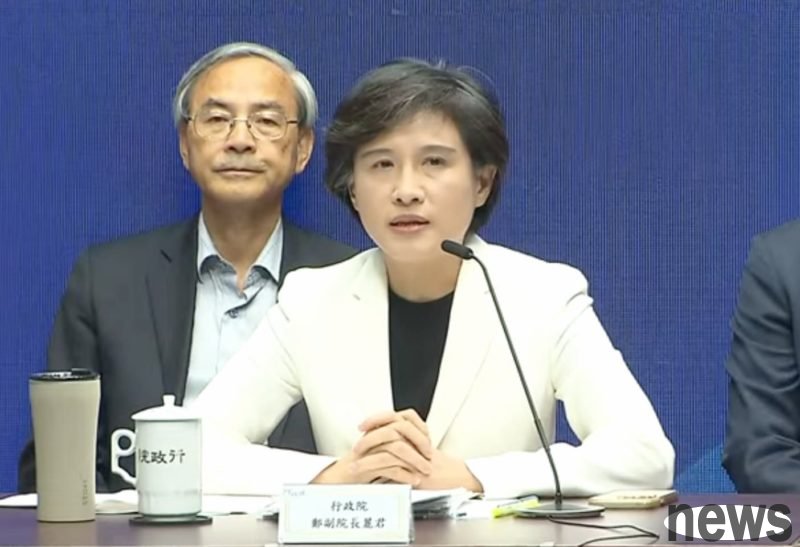
The Executive Yuan today gave a brief explanation to Taiwan and the United States' tax verdict. Executive Vice President Zheng Lijun said that Taiwan's tax verdict on other countries has been reduced from 32% to 20%, but this is a temporary tax rate and is not the target of the negotiation pursued by the government. It also emphasizes that the conditions for the judgment will be sent to the National Assembly for review. There will never be a black box debate. When the Chinese signed a agreement that would not announce the details, it will strive to fight the US side without any additional tax rate.
Zheng Lijun said that the US tax on all sides of the United States has officially launched on August 7. After several months of negotiations, Taiwan’s tax on all sides of the United States has been reduced from 32% to 20%, but this is a temporary tax rate and is not the negotiation goal pursued by the government. Taiwan and the United States will continue to conduct negotiations and negotiate, and will continue to fight for a better tax rate, and are still working hard.

Zheng Lijun pointed out that the Taiwan-US tax negotiation has not yet reached a agreement because of time factors. Since Taiwan is the sixth largest deficit in US trade, 90% of the deficit comes from semiconductor and electronic components, involving the "US 232" investigation, so more time is needed to communicate and provide link cooperation.
Regarding the tax increase rate, Zheng Lijun said that Taiwan’s tax on all-round tax is the original MFN (most favorable national treatment) tax rate of the product, and then the tax increase of the tax increase rate of the 20% tax. Currently, only the European Union and Japan have not paid tax increase rate, but this is a agreement reached between Europe, Japan and the United States, and has already engaged in automobiles, medicines, and steels involving terms of 232. However, the semiconductor industry that Taiwan focuses on is more complex, so it takes more time.

Jun Zheng Li reiterated that according to international trade regulations, the discussion details will not be fully informed. At present, many countries have signed confidentiality agreements with the United States and presented this agreement in the confidential meetings of the National Assembly. However, as long as the agreement is reached, the content will be explained to the National Assembly, and the text will be submitted to the National Assembly for review, emphasizing absolute transparency in the openness and transparency, and there will be no black box discussions.
Zheng Lijun shared that the Taiwan-US tax dispute is still ongoing. The details are not yet finalized and cannot be reported in full swing. The goal is to maintain the best judgment result. If the bottom line is too exposed during the judgment process, or the goal that Taiwan wants to achieve, it may affect the judgment result. This is the case that the judgment process must face.

Zheng Lijun added, the Executive Yuan recently held a briefing meeting and had already explained the tax calculation method to the operators, mainly using the original tax rate to increase taxes, taking the original tax rate of water and hardware as an example, and then it will become 22.6%. Understanding the society's expectations, we need to make a more complete explanation. The government should be compatible with the responsibility of explaining it, so the association will set up an online area so that everyone can check relevant information in the future.
Zheng Lijun emphasized that the average tax rate of agricultural products originally exported to the United States was 3.3% and the average tax rate of industrial products was 3.1%. Taiwan and the United States will continue to discuss the taxes, and the goal will negotiate with the relevant taxes with Terms 232, and strive to compete with the US side for tax reduction, hoping to no longer increase the original tax rate and strive to reach a final tax rate.


